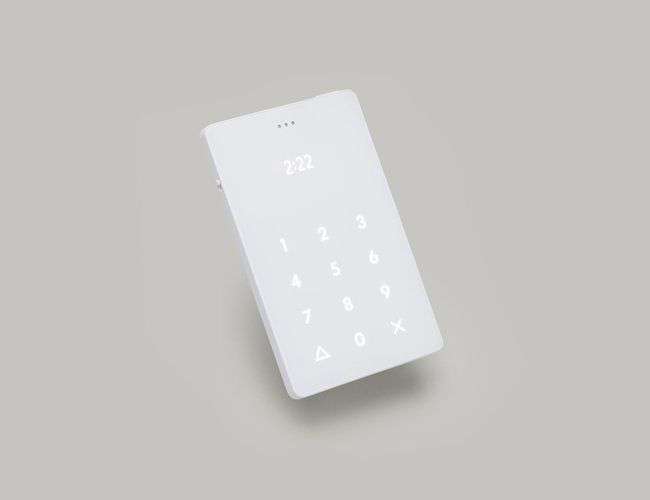Wet Clay
Wet clay is malleable, unfinished and unformed. You can still mold it, guide it and leave your mark. It is yours until it dries. Then, change necessitates destruction.
Seek the wet clay in your education, your work, your friendships, your home, your ideas and in love.
–
A random collection of examples include:
1. George S. Patton’s decision to become a pioneer of the nascent “art” of tank warfare
2. Cryptocurrencies and Blockchain technology*
3. A.I. and Machine Intelligence*
4. Non-Western countries (Carribean, Central & South America, Asia, Africa, the Middle East)*
5. Digital Design*
6. New farming techniques (indoor, vertical, urban)*
7. Natural wines*
8. Clothing that lasts*
9. The colonies and later, the young United States of America through to the end of World War 2.
10. Republics, in the early 1800s and onwards.
11. The printing press and eventually, the print...
